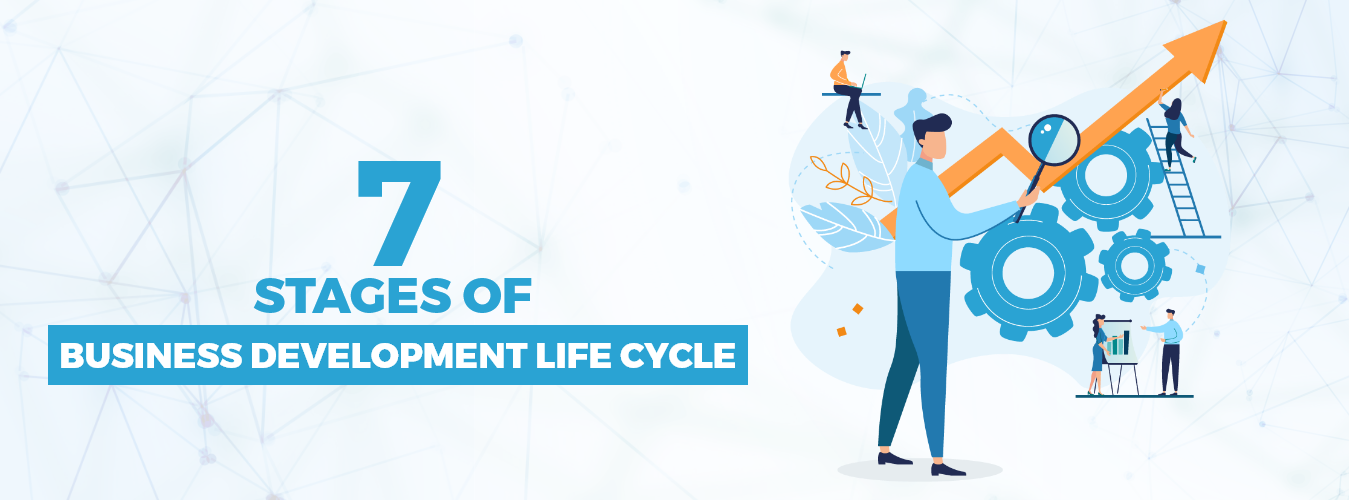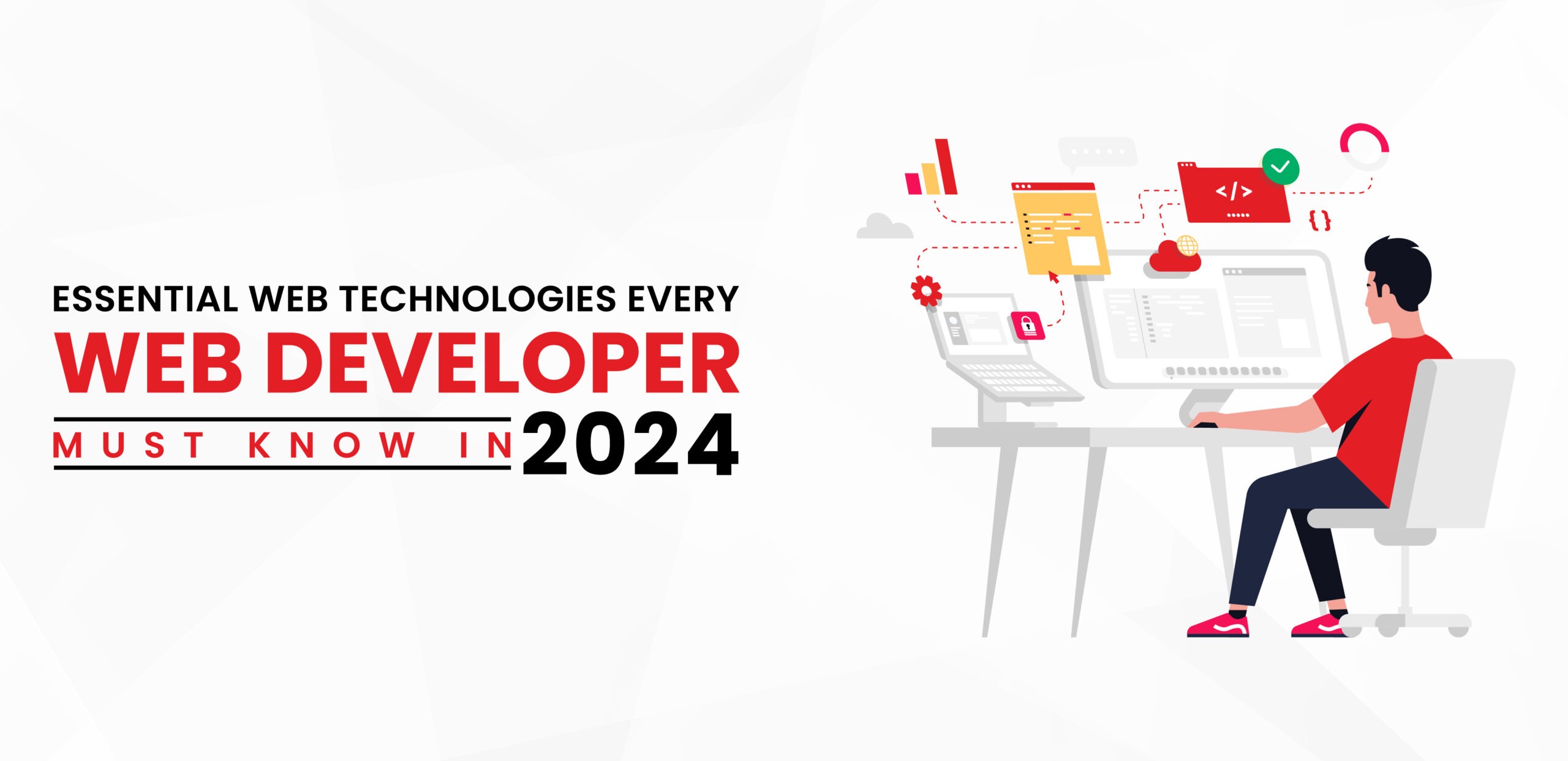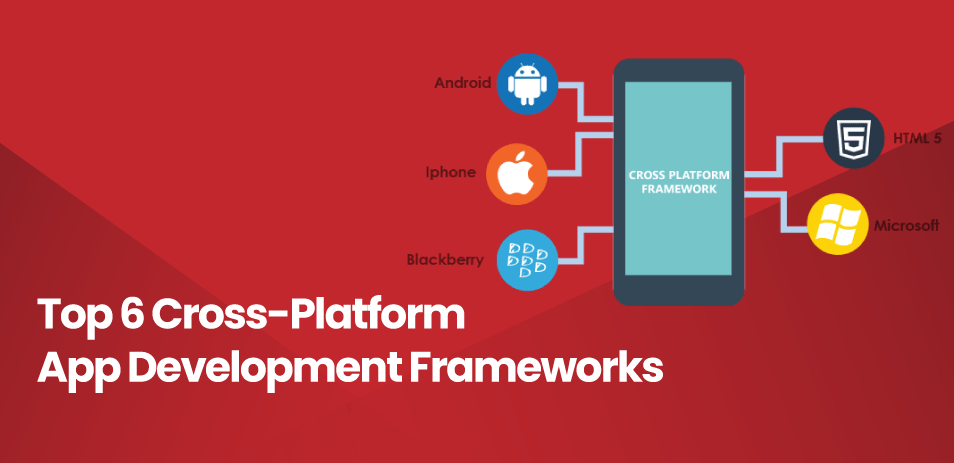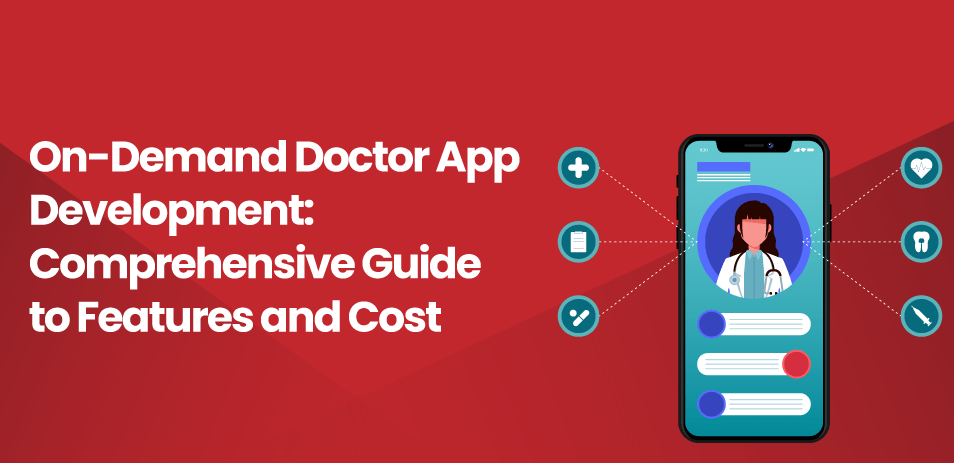The business development life cycle is a model that describes the various stages that a mobile app development company goes through over time. There are seven stages in this model, each with its own challenges, opportunities, and priorities. Understanding these stages can help entrepreneurs and business owners navigate the ups and downs of running a business, plan for the future, and make strategic decisions.
The seven stages of the business development life cycle are concept and research, startup, growth, maturity, expansion, decline, and exit. For example, in full cycle app development, the startup stage focuses on establishing the business, while the growth stage focuses on expanding and scaling up operations. In the decline stage, the focus may be on restructuring or downsizing, while in the exit stage, the focus is on exiting the business in a way that maximizes value.
Crafting Your Ideal Mobile App/Experience Starts Here!
Ready to elevate your business? Your custom app is just a click away.
Yes Let’s goThe seven stages of the business development life cycle
Concept and Research
The first stage of the business development life cycle is the concept and research stage. This stage involves the initial development of a business idea and conducting market research to assess the feasibility of the idea.
During this stage, entrepreneurs typically identify a market need or opportunity and develop a concept for a product or service that can meet that need or take advantage of the opportunity. They then conduct research to validate the concept and assess the potential market size, competition, and profitability of the idea.
The research phase can involve gathering data on consumer behavior, industry trends, and market conditions. Entrepreneurs may also conduct surveys, focus groups, or other forms of market research to gain insights into customer preferences and needs.
Startup
The startup stage is the second stage of the business development life cycle, and it is characterized by the launch and establishment of the business. In this stage, the entrepreneur takes the idea developed in the concept and research stage and turns it into a real business by securing funding, setting up operations, and launching the product or service.
During the startup stage, the focus is on establishing the business and building a foundation for future growth. This can involve tasks such as developing a brand identity, hiring staff, acquiring resources, and developing a marketing plan to promote the business to potential customers.
The startup stage can be challenging as the business is still in its early stages and there may be many unknowns. The entrepreneur must be adaptable and willing to make changes to the business plan as needed based on market feedback and other factors.
Also Read: Mobile App Architecture
Growth
The growth stage is the third stage of the business development life cycle, and it is characterized by the expansion and scaling of the business. In this stage, the focus is on increasing revenue, building the customer base, and expanding the operations of the business.
During the growth stage, the entrepreneur may need to secure additional funding to support the expansion of the business. This can involve seeking investments from venture capitalists, banks, or other sources of financing. The business may also need to hire more staff, acquire additional resources, and invest in marketing and advertising to attract new customers.
As the business expands, the entrepreneur may need to establish new systems and processes to manage the increased workload and ensure that the business is operating efficiently. This can involve developing standard operating procedures, implementing new technology systems, and hiring specialized staff to manage various aspects of the business.
Maturity
The maturity stage is the fourth stage of the business development life cycle, and it is characterized by the stability and continued success of the business. In this stage, the focus is on maintaining the market position, profitability, and operations of the business.
During the maturity stage, the business has already achieved a significant level of success and stability, and may have a loyal customer base and established brand identity. The entrepreneur may need to focus on optimizing operations and streamlining processes to maintain profitability and competitive advantage. This can involve developing new products or services, improving customer service, and exploring new market opportunities.
The maturity stage can also be a time of innovation and creativity. The business may need to stay ahead of competitors by investing in research and development, improving existing products, or creating new products or services that meet evolving customer needs.
However, the maturity stage can also present new challenges for the business. For example, the business may face increased competition from new entrants in the market, changing customer preferences, or technological advancements that disrupt the industry.
Also Read: WooCommerce vs Shopify
Expansion
The expansion stage is the fifth stage of the business development life cycle, and it is characterized by a significant increase in the scale of operations and expansion into new markets or geographies. In this stage, the focus is on achieving greater market share, revenue growth, and profitability by expanding the business.
During the expansion stage, the entrepreneur may need to secure additional financing to support the growth of the business. This could involve taking on debt, issuing equity, or seeking out other sources of funding. The business may also need to develop new partnerships, acquire other companies, or expand into new markets or geographies.
Expanding the business can involve significant risks and challenges, such as increased competition, regulatory hurdles, and operational complexities. The entrepreneur must be prepared to make strategic decisions and take calculated risks to achieve the desired growth.
Decline
The decline stage is the sixth stage of the business development life cycle, and it is characterized by a decrease in revenue, market share, and profitability. In this stage, the business faces significant challenges and may struggle to maintain its position in the market.
During the decline stage, the entrepreneur must focus on identifying the root causes of the decline and developing strategies to address them. This can involve a range of actions, such as reducing costs, improving operational efficiency, diversifying into new markets, or developing new products or services to meet changing customer needs.
However, in some cases, the decline stage may be irreversible, and the entrepreneur may need to consider an exit strategy, such as selling the business or winding it down.
The decline stage can be a difficult and emotional time for the entrepreneur, who may have invested significant time, energy, and resources into the business. However, it is important to approach this stage with a clear head and a willingness to make tough decisions to ensure the best possible outcome for all stakeholders.
Exit
The exit stage is the final stage of the business development life cycle, and it involves the termination of the business. During this stage, the entrepreneur must make strategic decisions about how to wind down the operations of the business and distribute any remaining assets to stakeholders.
There are several ways that a business can exit, including selling the business to a third party, merging with another company, or liquidating the business and distributing the proceeds to stakeholders.
Selling the business to a third party can be a good option if the business has significant assets or intellectual property that are valuable to other companies. This can involve finding a buyer who is willing to purchase the business at a fair price and negotiate the terms of the sale.
Merging with another company can be a good option if the business is struggling and needs to combine resources with another company to remain viable. This can involve finding a partner who is willing to merge with the business and create a new entity that can continue to operate.
Crafting Your Ideal Mobile App/Experience Starts Here!
Ready to elevate your business? Your custom app is just a click away.
Yes Let’s goConclusion
In conclusion, the 7 Stages of Business Development Life Cycle provide a comprehensive framework for understanding the evolution of a business from its inception to maturity. Each stage presents unique challenges and opportunities that require careful navigation and strategic decision-making. From the initial concept and feasibility assessment to growth, expansion, and eventual maturity, businesses must adapt, innovate, and optimize their operations to remain competitive in today’s dynamic market landscape.
For a mobile app development company in Dallas, these stages hold particular relevance as they embark on their journey to success. Starting with the ideation of innovative app solutions, the company must then assess their feasibility, carefully plan the development process, and execute with precision. As the app gains traction and the company’s reputation grows, they’ll face the challenges of scaling up operations while maintaining the quality of their services. Adapting to market trends and technological advancements becomes crucial in the growth phase.








